I found a part of myself in Cornwall today: Two Aussie's travel the world
Today was a fairly grey day in Cornwall and considering we had a very special destination on the agenda we were feeling a little concerned it may affect our experience. We had planned to head to St Michael's Mount and then to Wendron to visit an old church where some of my relatives are buried (and would have been married and christened also). Not one's to let a little sea mist and drizzle hold us down we headed over regardless.
St Michael's Mount started life as a monastery in the 1100's and was turned into a fortified castle later in the 1500's. It saw many battles, was under siege a few times and was assaulted by the Spanish Armada at one point. Now it's owned by the National Trust although the original owners still live there as one of the conditions of them giving it to the National Trust was that they retain a 999 year lease to do so. Most of it is open to the public however the private residence areas are not of course, and it's closed on Saturday's.
To get to it one needs to watch the tides as the sea blocks access to it at high tide. We took one of the small boats (12 people at a time) over to it and were able to walk back on the causeway due to the low tide; We were pleased to be able to experience both.
The castle contains many rooms, much history of the area and of course the castle and it's occupants. One of the odd curiosities in the chapel was a priests hole which was discovered during a renovation many years ago. This narrow stone staircase leads down to a small room about 12 by 12 feet in size where they would have hidden during invasion or attack as the entrance to it was disgiused and hidden; This is one of the oldest parts of the castle dating back to mid 1100. There are records of a 7-foot-tall skeleton being found in there which historians believe was from a person being sheltered by the priests as being that tall 800 years ago would have been an oddity and would have almost certainly meant persecution. The skeleton is buried on the grounds somewhere but unfortunately no record exists of where.
The views over the battlements are spectacular and one can see how this castle would have commanded the area from a military perspective. Considering the tide limited access it would have been quite easy for the defenders to hold off a siege as the besieging force would have to work around the tide and withdraw when it came in. This would permit the defenders to stand-down and rest leaving only a skeleton force on watch. There is a lovely garden down below now filled with many flowers and plants. The image below was taken from the garden and highlights how difficult it would be to assault this castle from the see with the natural battlements adding to the man-made fortifications. It wasn't hard to imagine a rain of arrows, boulders and crossbow bolts flying down from the ramparts onto an assaulting force.
We ate lunch at one of the cafés and then explored the gardens and small village below the castle where people actually still live. There is a small cemetery there also with very old graves and newer ones; Obviously villagers. We headed back across the causeway which you can see pictured below. I'm not sure how deep it would be at high tide however my guess is many meters, maybe 8-10m deep; Certainly impossible for an invading force to do much but wait it out. The castle is surrounded by gun emplacements though with many canon which could fire at all directions so no matter what approach an enemy took it was covered.
Overall the castle and entire area was very impressive and interesting. We hold National Trust memberships in Australia and so are admitted to every National Trust property here in the UK, and most Commonwealth Countries, for free but anyone can visit for the cost of 10 pounds to the castle and a further 8 pounds to the gardens. I suggest you visit if you are down here.
The image below is St Wendrona an old church built on the site of an even older one. This is where some of my relatives are buried and certainly would have been married also. When I arrived I immediately found the headstone of one of my relatives and to be completely honest felt a little emotional. We poked around a little and found many more.
Besides visiting our friends here in Cornwall, and sightseeing, this is one of the reasons we are here as I have traced my family ancestry back to mid-1400's Cornwall. I didn't expect to get emotional but as soon as our friends said, "here's one" I sort of choked up a little. Here was someone who lived hundreds of years ago and yet I could draw a straight line to myself from them. Amazing.
Today was a highly successful day and the weather played along also by improving greatly. As it all only really happened a couple of hours ago I'm still processing it to be honest. Immersing ourselves in history gives us great pleasure and we have gained so much knowledge recently but yet it's opened up many more interesting things for us to explore.
Finding my family here has been like finding a little part of myself and whilst I never knew those people I now feel closer to them somehow, more complete personally and respectful of those people; My people. They left their country looking for a better life in Australia; These tough people, Cornish miners and their families. They ended up in South Australia, in a place called the Copper Triangle (consisting of the towns of Burra, Kadina and Moonta) and worked incredibly hard to dig out a living.
Their stories are mostly lost but what I do know is that they lead to me.
Faith & Galen x
All images were taken by me and unfortunately I didn't have a blue sky to work with. I hope they look ok.
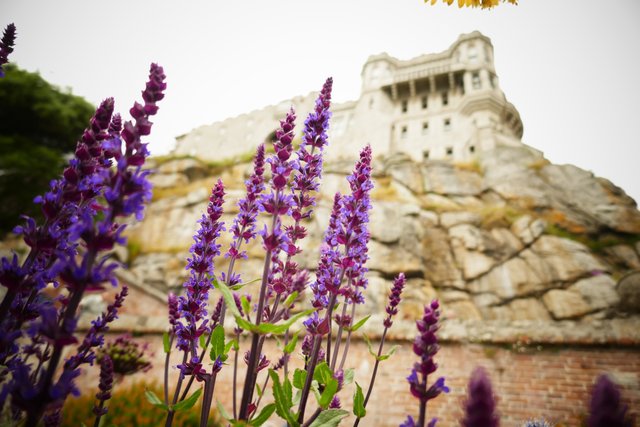
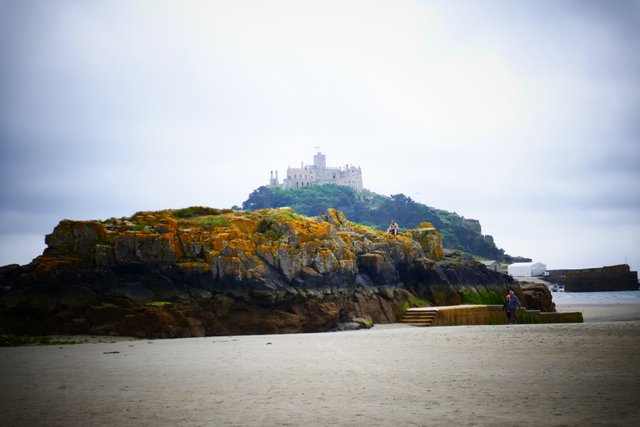
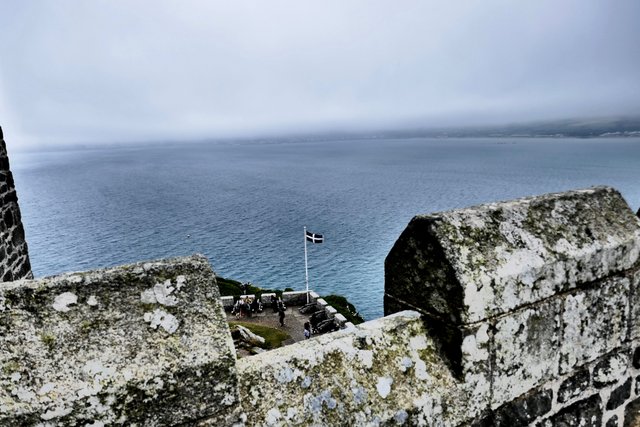
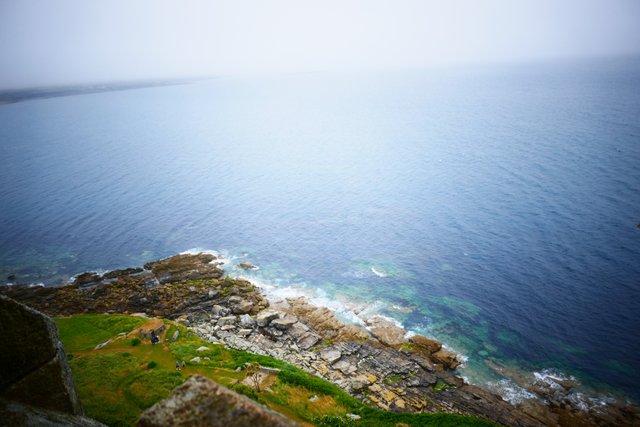
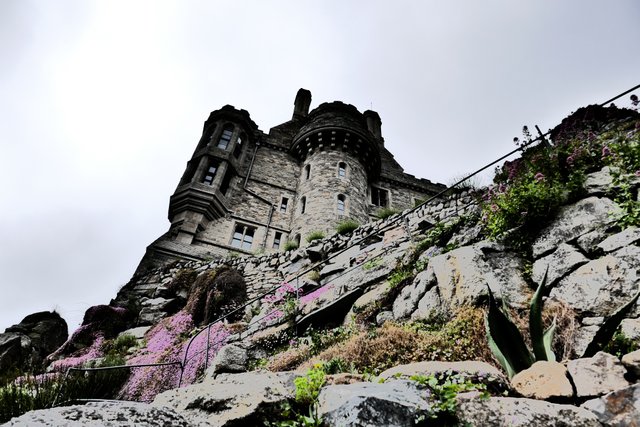
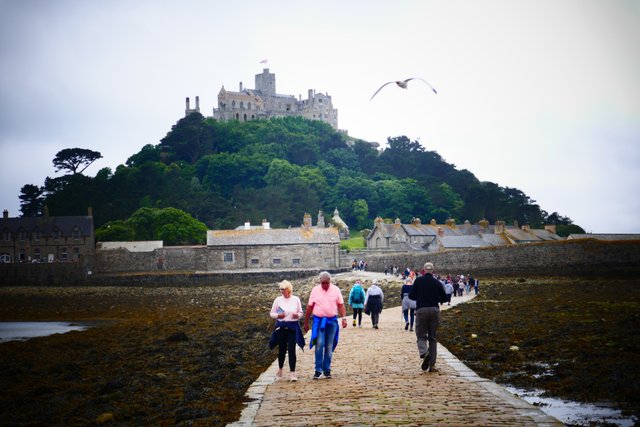
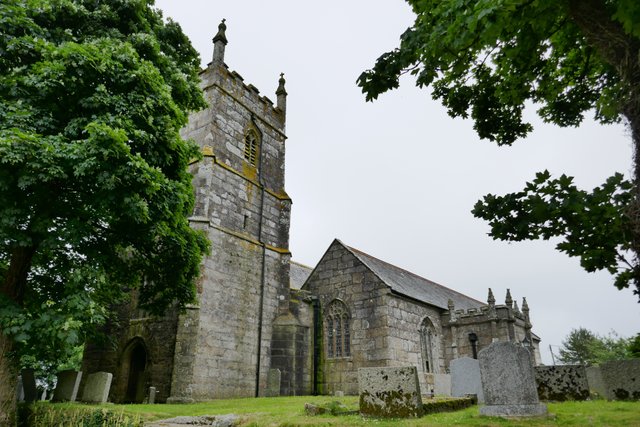
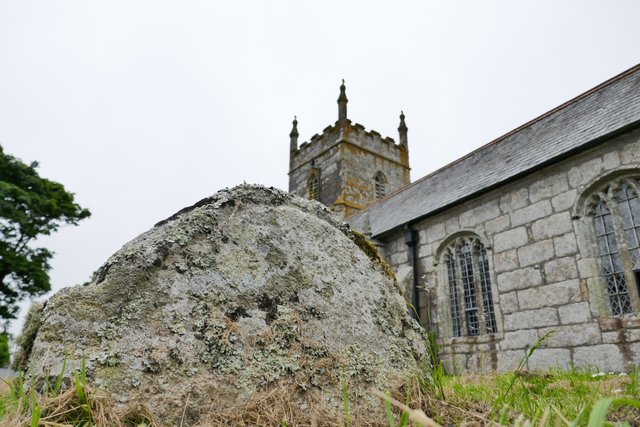
What a beautiful and deep experience to share with you mate. Photography, superb and the piece written by a pro. I really can just sit here, close my eyes and be there.
Well you still portray that tough stock heritage today.
Glad to travel with you, keepem coming
Thanks mate, nice comments and much appreciated.
Superb clicks....!!!
lovely place :)
Very satisfying to find the second part of oneself.
The pictures looked fantastic! That sounds like an incredible adventure. And how cool that you actually found the graves of some of your ancestors?! It gives you a little more perspective on where you came from. I've seen pictures of St Michael's before, but yours are better. I'd like to visit sometime if I'm over there.
Hey mate, thanks for your reply. St Michael’s Mount is a definite must see place if you’re down here. We were there for 5 hours almost. The National Trust volunteers are knowledgeable and friendly too! So nice. Thanks for your comments on my photos. I took 337 of them today so will put a few more up over time.
I'd love to stay long enough to see the tide change there. Looking forward to seeing more of your pictures over time. :)
;)
Awesome shots and an interesting place :)
Don't worry about your photos; they look great! Thanks for sharing!
Hi Galen. I spent my early years nearby. A beautiful fishing village called Mousehole. If you get a chance it is definitely worth a visit.
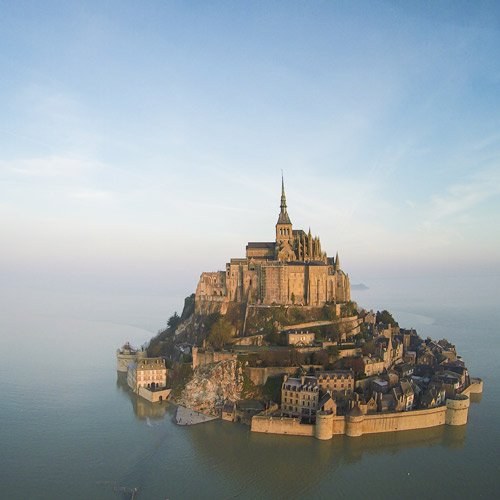
There is a similar castle/ monastery in Normandy called La Mont St-Michel. It also has a causeway like St Michaels Mount. The tide swings are amazing and seeing is believing.
Ah yes, it’s nice. We were there in France a few years ago. Thanks for your reply.
Such a salty coastline to visit. i used to do some work nearby. It's all great, just v. busy in summer, so many visitors.
It's rarely not grey though!
Really great photos Galen! The lavender contrasting with the grey, well done. Thanks for sharing such detailed information about the area and its history as well, and a part of your history too :)
;) thanks mate!
Fantastic history
Thank you @phillips93